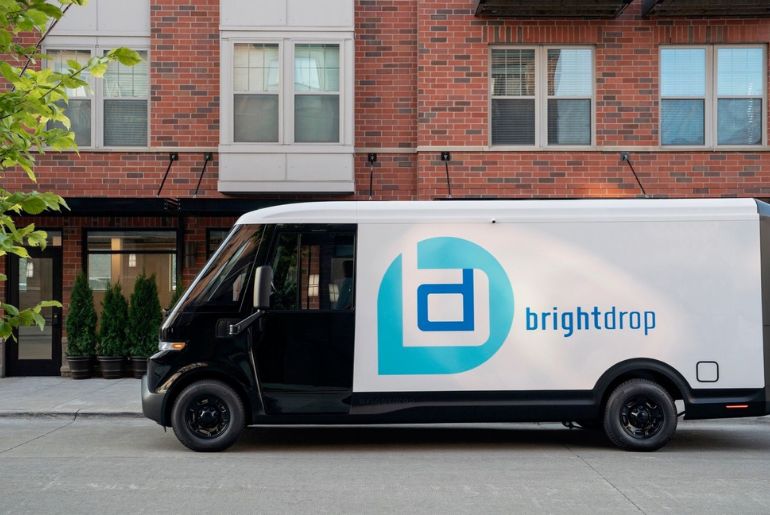General Motors (GM) has announced the permanent cessation of its BrightDrop electric delivery van program, ending production at the CAMI Assembly plant in Ingersoll, Ontario. This move signals a major shift in GM’s commercial EV strategy and highlights the challenges automakers face in the electric commercial vehicle segment.
Reasons Behind the Decision
GM cited multiple factors for discontinuing the BrightDrop programme:
-
Slower-Than-Expected Market Adoption: Despite early optimism, demand for commercial electric vans did not meet projected growth.
-
Evolving Regulatory Environment: Changing policies and regulations affected the programme’s financial viability.
-
Loss of Federal EV Incentives: The elimination of U.S. tax credits for electric vehicles reduced the economic feasibility for both GM and potential buyers.
The combination of these challenges made continuing production unsustainable for the company.
Production and Sales Overview
The BrightDrop Zevo line, launched with significant investment, initially showed promise. GM delivered 146 units in 2022, growing to 497 units in 2023 and reaching 2,384 units by Q3 2025. However, compared to GM’s over 60,000 annual sales of internal combustion vans, the BrightDrop sales figures fell short of expectations, prompting the shutdown decision.
Workforce Impact
The closure of the CAMI plant will result in approximately 1,200 layoffs. The Unifor auto union criticized the decision, citing “dangerous and destabilizing auto policies” and highlighting U.S.-Canada trade tensions that affected cross-border EV programs.
Industry Implications
GM’s withdrawal leaves an opening for competitors in the commercial EV market, including Ford’s E-Transit and Rivian’s electric delivery vans, both of which continue to see growth. Analysts note that GM’s exit underscores the importance of strong market demand, supportive policies, and incentives for commercial EV adoption.
Conclusion
The discontinuation of BrightDrop highlights the complexities of transitioning to electric mobility in the commercial sector. While the market for electric delivery vehicles continues to expand, GM’s exit demonstrates the challenges of scaling EV production amid regulatory shifts and fluctuating demand.

